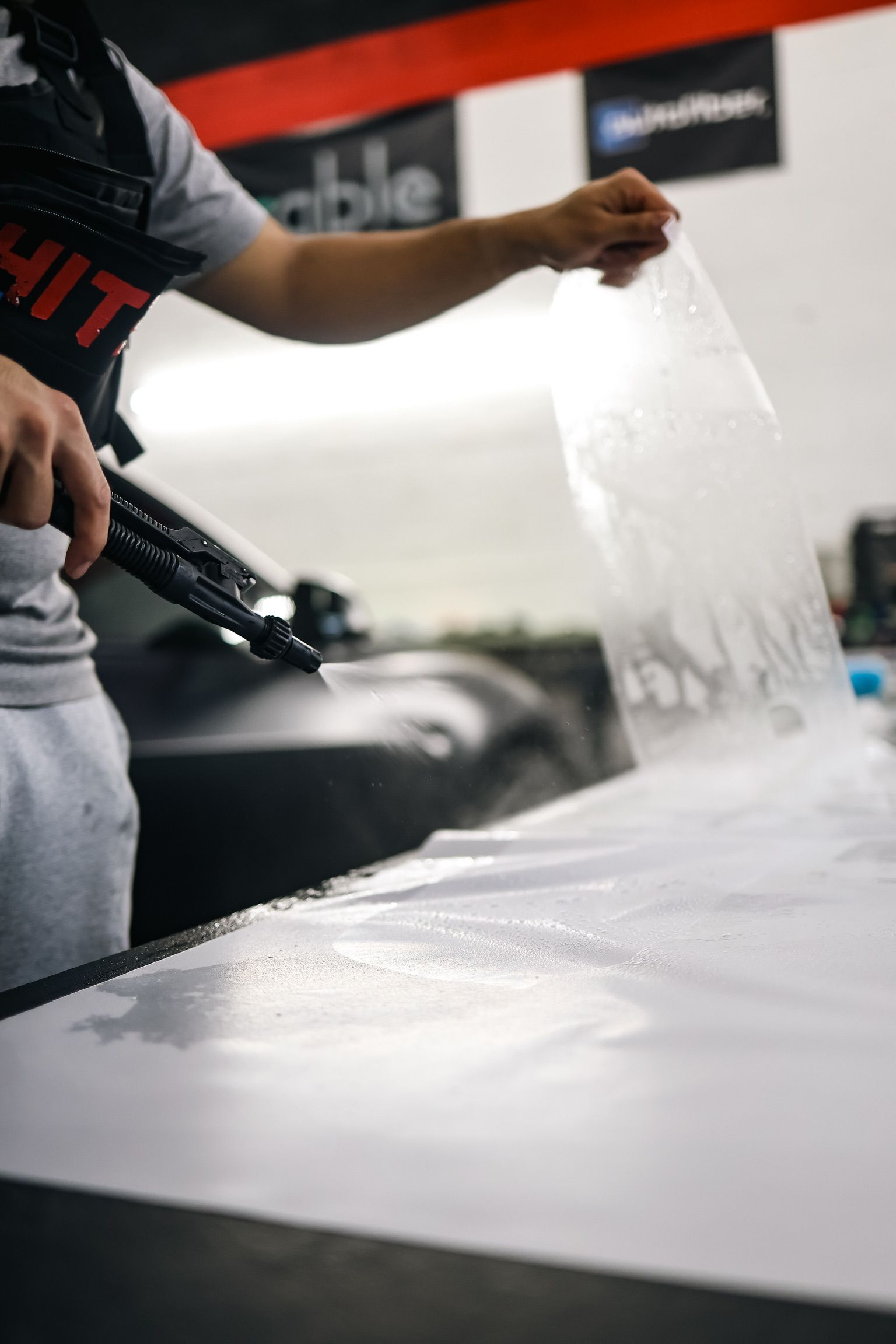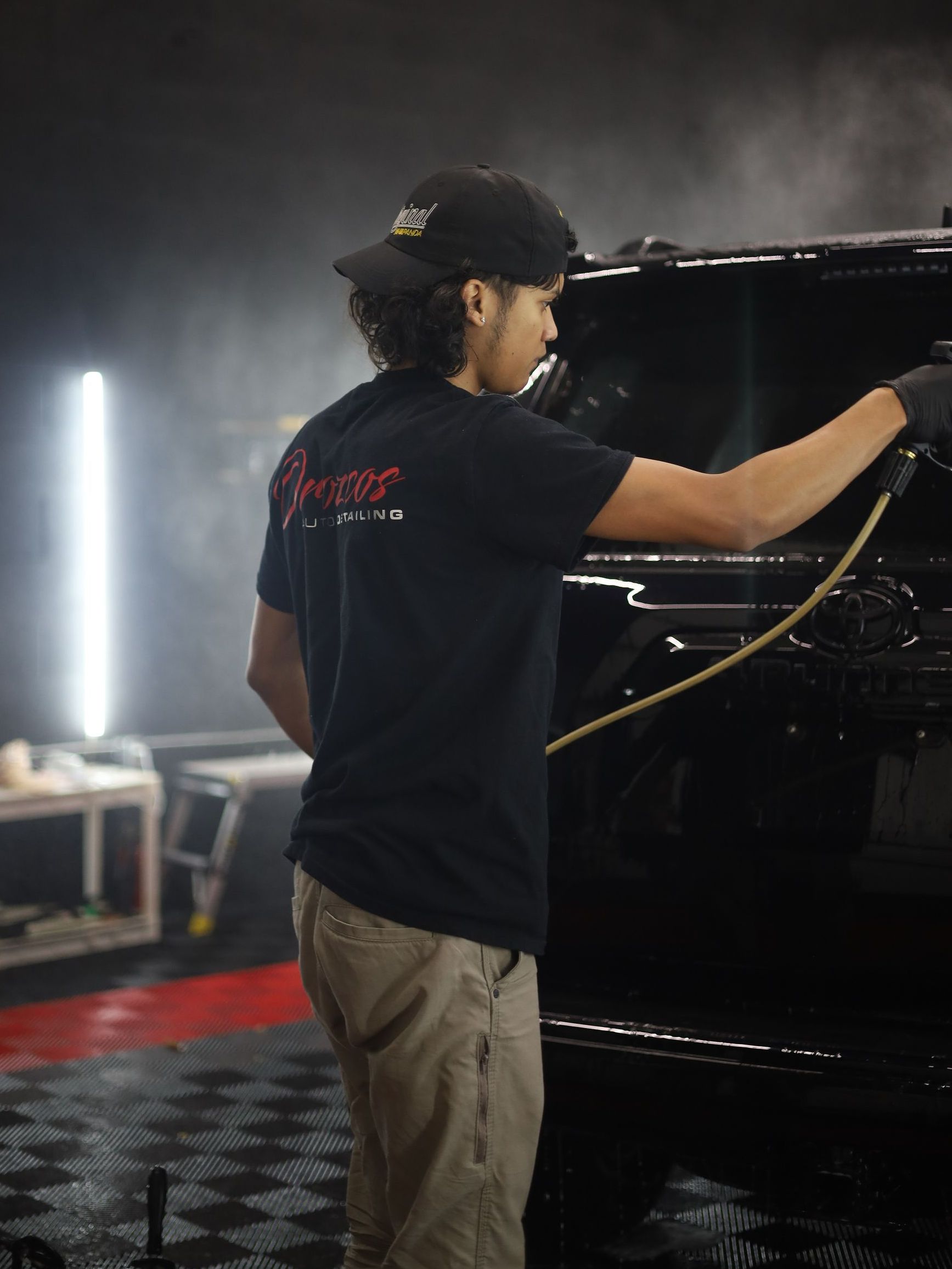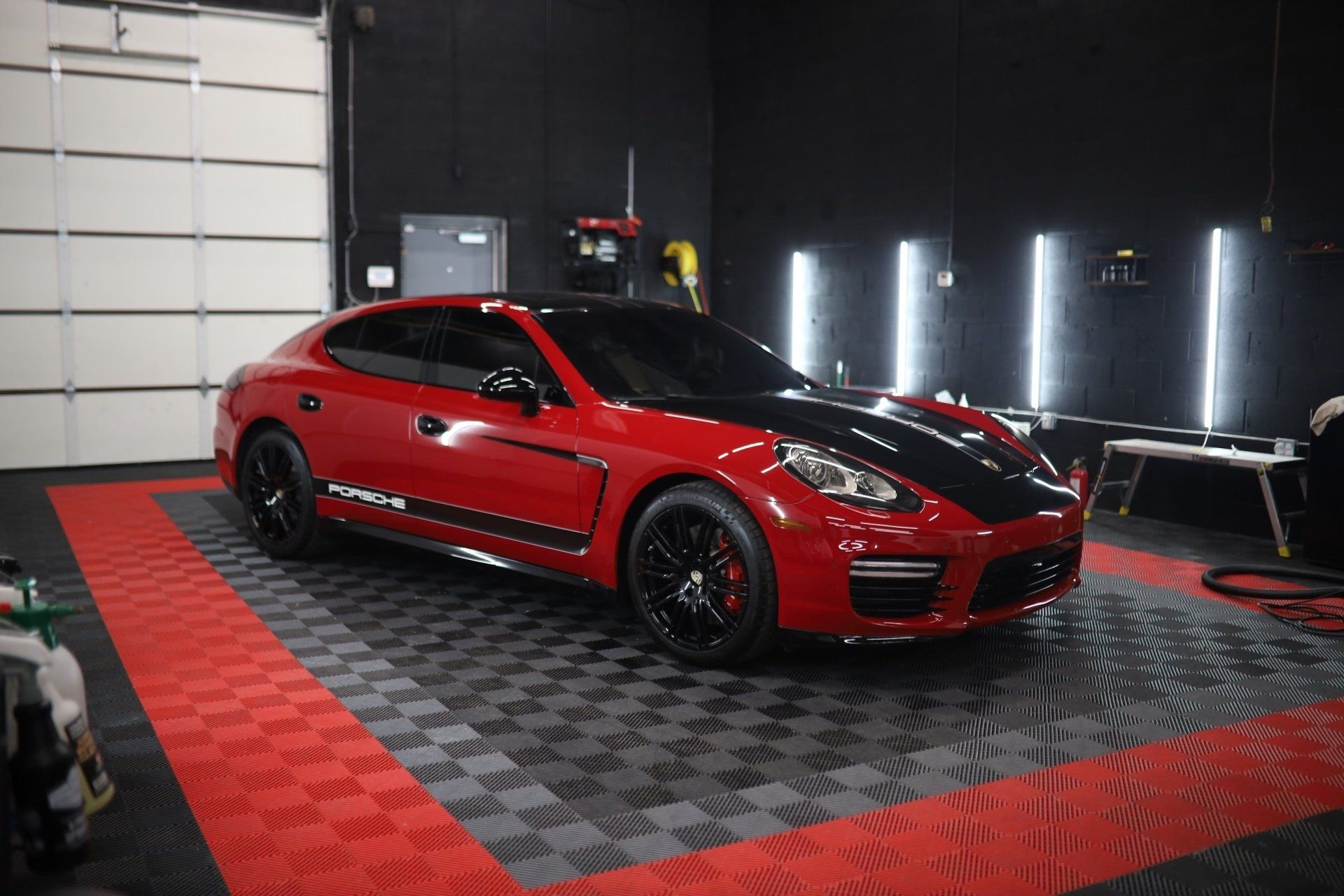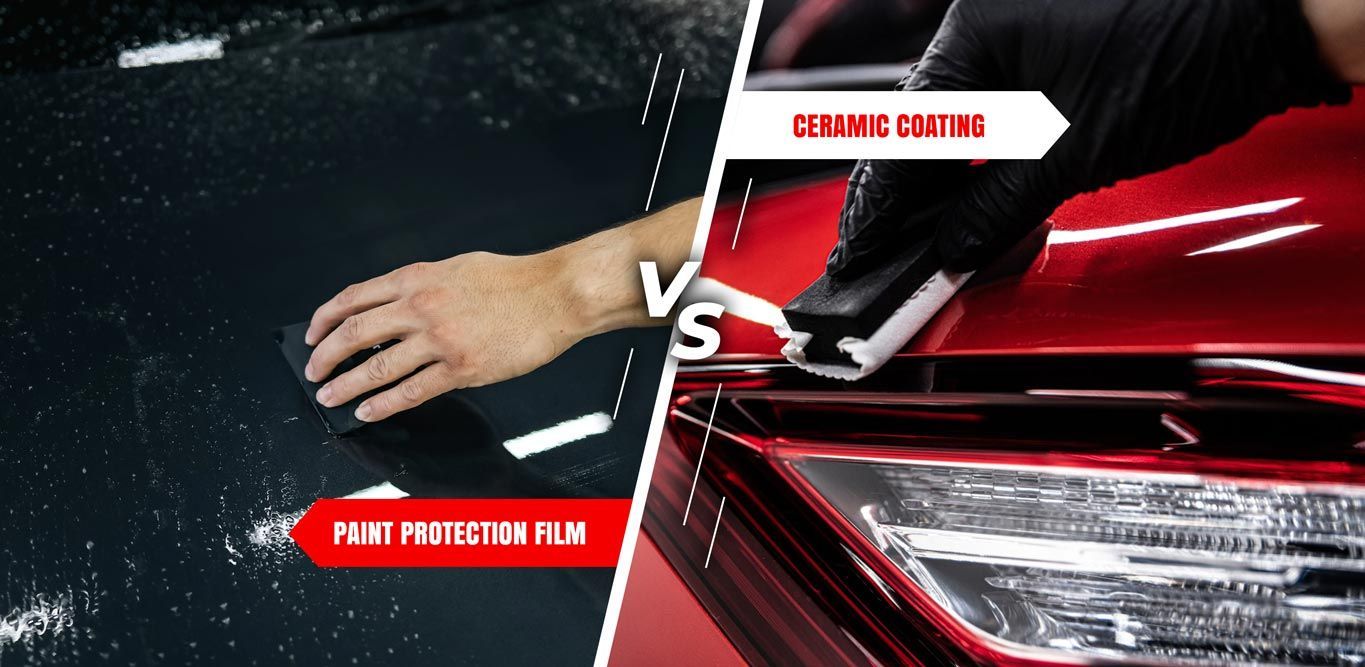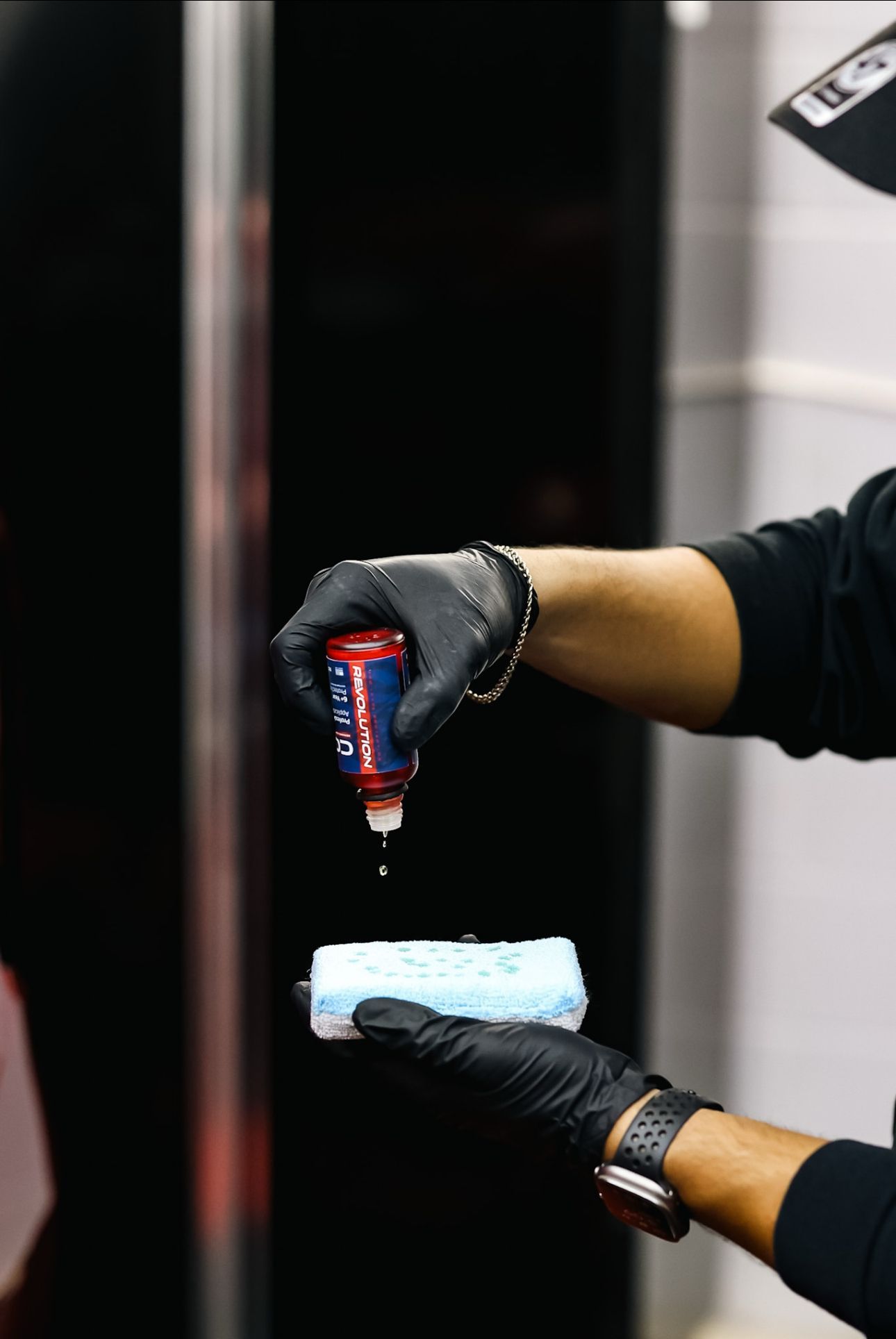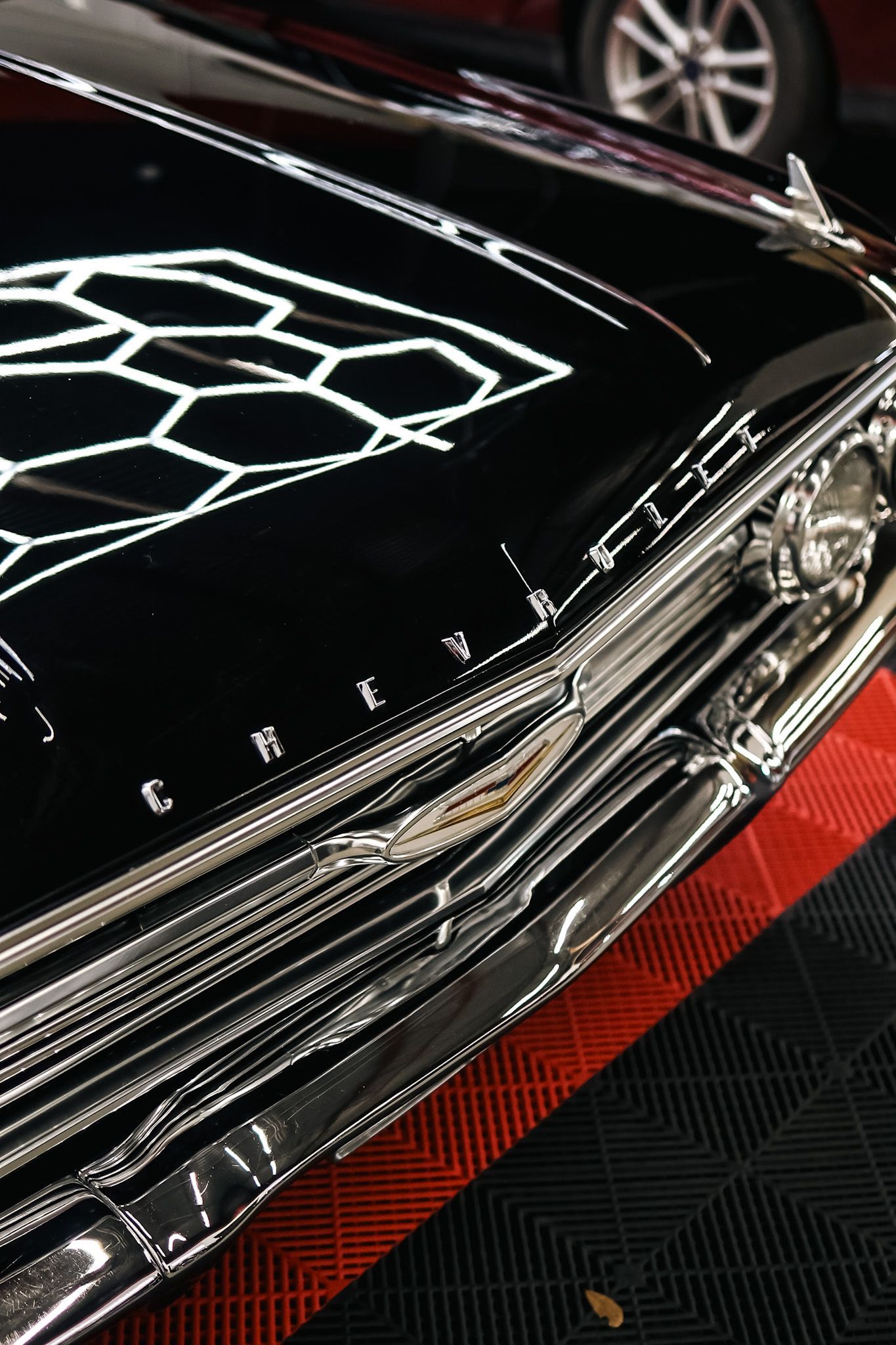Window Tinting Trends: What’s New and What’s Best for Your Car
Curious about the next big thing in automotive care? Automotive window tinting is experiencing a revolution with cutting-edge advancements designed to offer unparalleled UV protection and style. Innovations like ceramic window films, quantum dot technology, and electrochromic tints are redefining what's possible for your vehicle. These aren't just technical upgrades; they reflect a profound shift towards enhanced comfort, safety, and durability for your car.
Imagine driving under the scorching sun without worrying about harmful UV rays or glare obstructing your view. The latest in window tinting not only protects your car's interior from fading but also ensures your drive remains cool and comfortable.
Current window tinting trends include ceramic window films known for their superior heat rejection and UV protection, color-stable tints that maintain their appearance over time, and high-heat rejection films that enhance interior comfort. For your car, the best choice depends on your specific needs, such as UV protection, heat management, and privacy, with popular brands like XPEL and 3M offering reliable solutions across these categories.
Latest Innovations in Window Tinting
One of the most exciting advancements in this field is the creation of ceramic window films. These films represent a significant leap forward because they are infused with ceramic particles that excel at rejecting heat. The beauty of ceramic films lies in their ability to reflect and block infrared heat without using metal components. This means they keep the interior of your vehicle cooler without interfering with electronic signals, which is often a problem encountered with older metallic tints. As vehicles become more technologically advanced, having a film that doesn't disrupt navigation systems or Bluetooth connectivity becomes increasingly crucial.
Yet that's not all; another groundbreaking technology emerging is quantum dot technology.
Quantum dot technology is reshaping how we think about window protection. These nanocrystals can be engineered to filter specific wavelengths of light, making them incredibly effective at providing a clear view while also blocking harmful UV rays. This means you can enjoy the aesthetics of tinted windows without sacrificing visibility. Moreover, quantum dots significantly reduce glare, enhancing driving comfort, especially during bright sunlit days or reflective environments like snowy landscapes.
And as if that weren't enough, there’s also the innovative capability of electrochromic tints to consider.
Imagine having control over your comfort and privacy at your fingertips. Electrochromic tints allow car owners to adjust the darkness of their windows through an electric current—a feature that shows promise for both luxury and practicality. This dynamic tinting capability enables users to lighten or darken windows according to personal preference, time of day, or even changing weather conditions. Picture commuting through a blinding sunny day only to be able to dial down the sunlight with a mere touch—this could redefine convenience in driving experiences.
With these cutting-edge innovations in window tinting, the focus has shifted from merely aesthetic choices to functional enhancements that promote safety, comfort, and efficiency on the road.
As technology continues to evolve, it's essential to explore how these advancements translate into benefits for drivers looking for top-tier UV protection and comfort in their vehicles.
Top Types of Tinting Materials
When selecting window tinting, understanding the different materials available is vital for making an informed decision that aligns with your needs. There are several types of tinting materials, each offering distinct advantages that can cater to specific preferences and requirements.
Carbon Films
Carbon films are particularly noteworthy because they deliver a sleek, dark matte finish while excelling in durability and heat rejection capabilities. With no metallic components in their makeup, carbon films do not interfere with radio or mobile signals, making them popular among tech-savvy individuals who rely on uninterrupted connectivity. This aspect alone places carbon films ahead in many applications, as users enjoy the benefits of reduced glare and heat without compromising electronic signal integrity. Furthermore, these films are less likely to fade compared to dyed options, ensuring they maintain their appearance over time.
As we transition from carbon films to another option, it's important to recognize the trade-offs associated with different materials.
Metallic Films
Metallic films incorporate layers of metal particles designed to reflect heat and UV rays effectively. While they offer significant benefits in terms of temperature control inside your vehicle, one must consider their downsides. The presence of metals can lead to interference with electronic signals, which might be a dealbreaker for some users. As such, metallic films have become less common in modern applications. Many people prefer alternatives like carbon or ceramic films that provide similar thermal performance without risking disruptions in connectivity.
Yet, if you’re looking for something that balances effectiveness with minimal drawbacks, there’s another option worth exploring.
Hybrid Films
For those seeking an optimal solution that strikes a balance between performance and aesthetics, hybrid films stand out as a strong contender. These films merge dyed film technology with metallic particles to yield effective heat rejection while maintaining a darker appearance. Not only do they provide a solution that mitigates heavy signal interference—allowing for an uninterrupted user experience—but they also come at a competitive price point relative to ceramic films. This means you can enjoy the functional benefits without breaking the bank.
Understanding these options will help guide your choices regarding UV protection features tailored to your specific needs while considering overall performance and aesthetic appeal as you explore further possibilities.
Best Options for UV Protection
Protecting yourself and your car's interior from harmful UV rays is essential. One of the leading technologies available today is high-SPF UV-blocking films. These advanced tints, such as those crafted by XPEL, boast SPF ratings. This means they don’t just provide surface-level shielding; they deliver exceptional protection from both UVA and UVB rays, making them an ideal choice for individuals who spend significant time on the road. In fact, this level of protection can significantly decrease the risks associated with prolonged sun exposure, such as skin cancer and other related issues.
High-SPF UV-Blocking Films
By incorporating these types of films into your vehicle, you can enjoy the journey while keeping yourself well-shielded from the sun’s harmful rays. The benefits extend beyond personal safety to preserving your vehicle's interior. With less UV penetration, materials like leather or upholstery are less likely to fade or crack over time. This not only enhances your driving experience but also keeps resale value intact should you decide to sell your car later.
Ceramic Films
Another standout option is ceramic films, which have garnered considerable attention due to their effectiveness in blocking harmful UV rays. Car owners often appreciate that ceramic films do this without disrupting visibility—an important factor when considering safety while driving.
As you explore these cutting-edge options for UV protection in window tinting, it's essential to consider how aesthetics and personal preference can enhance your overall driving experience.
Privacy and Style Choices
Window tinting isn't solely about blocking UV rays; it's also a way to make a statement. The choice of tint can reflect your personality while offering functionality. One of the most popular options is darkened films. With darker films, you’re not just blocking prying eyes from the outside; you're also adding a sense of coziness within your vehicle. Imagine a family road trip where kids can relax in their space without feeling exposed to onlookers.
Reflective tints follow closely behind in popularity. They don't just keep prying eyes at bay; they also feature a shiny mirror-like finish that gives cars an impressive look. These films enhance exterior aesthetics while serving a secondary purpose: deflecting sunlight to keep your interior cooler, which is especially beneficial during hot summer days. However, one should be aware of local regulations, as some areas impose restrictions on reflectivity levels. Always check with local laws before installation to avoid any compliance issues.
Custom Tint Designs
Now let's talk about something that truly sets your car apart: custom tint designs. Many tinting companies offer options beyond the standard hues or shades, allowing for personalized patterns or even logos that resonate with individual tastes. Just picture cruising down the street in a vehicle sporting floral patterns or unique art—it's both eye-catching and expressive. This level of customization elevates style while maintaining the protective benefits of window films.
Selecting the right window film involves more than just aesthetics; it requires strategic thinking about privacy needs and personal style preferences, setting the stage for making an informed decision as we explore further considerations next.
How to Choose the Right Tint for Your Car
Selecting the ideal window tint for your vehicle is akin to choosing an accessory that perfectly complements your personal style while also offering practical benefits.
It's essential not only to think about how it looks but also how it affects your driving experience and comfort. The first step in this process is to carefully check local regulations. Different states impose varying limits on how dark or reflective your tint can be, and failing to comply with these laws could leave you facing fines or needing to remove your tint altogether.
To avoid unnecessary headaches, take time to research your area's regulations—this often includes permissible visible light transmission (VLT) levels.
Once you’ve navigated the legal landscape, the next consideration should be your specific climate. If you live in a region where the sun shines brightly for most of the year, you'll want to prioritize tints that offer high heat and UV rejection rates. Such films can significantly reduce glare and keep your car's interior cooler, ultimately enhancing your overall driving experience.
On the other hand, if heat isn’t much of a concern in your area, you may wish to focus more on aesthetics or privacy concerns rather than sheer performance.
Moving from environmental factors, it's important to evaluate how you use your car. For instance, if you're someone who frequently takes long road trips under glaring sunlight, investing in higher-quality UV protection is wise. This will not only shield your skin from harmful rays but also help protect your vehicle’s interiors from sun damage.
However, if you're primarily commuting within an urban area where glare and style are bigger issues than insulation against heat, consider features that mitigate glare while still adhering to your legal limits.
- Assess your budget: Determine how much you're willing to spend on window tinting; remember that high-performance films might come at a premium.
- Consult with professionals: A trusted installer can provide insights tailored to drivers’ experiences and guide you through suitable options.
- Choose legally compliant films: Ensure you select a film that meets local regulations for safety and compliance.
- Prioritize what benefits matter most: Tailor your choice based on heat rejection, UV protection, or privacy depending on your specific requirements.
By thoughtfully weighing these considerations, you can confidently choose a window tint that meets both your functional needs and aesthetic preferences, creating a comfortable and stylish driving environment.
In conclusion, buying the right window tint can enhance not only your car's appearance but also its protection from harmful UV rays and heat. For professional assistance in selecting the best options, don't hesitate to reach out to Orozco's Auto Detailing by visiting Orozco's Auto Detailing or calling (313) 888-3822.
SHARE WITH YOUR FRIENDS



